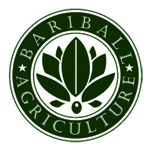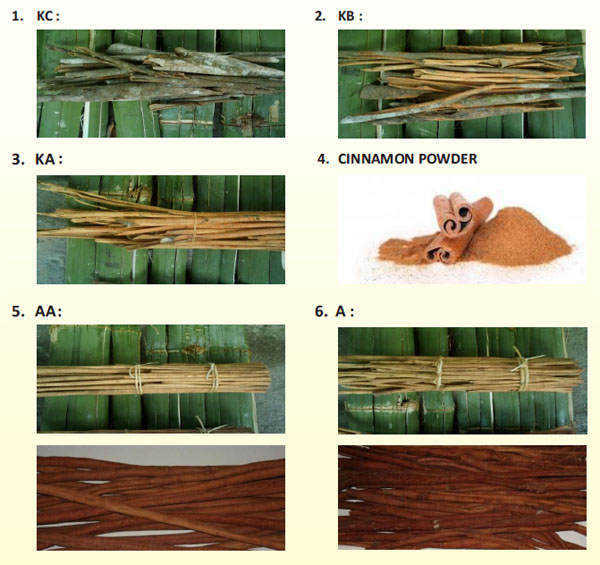Cinnamon, and its relative cassia, have long been prized for both flavor and medicine. Romans used cinnamon to make their strong, bitter wine palatable, Greeks to season meat and vegetable dishes, Arabs in tea, and nearly everyone in baked goods. English nobility hoarded to delicate Ceylon cinnamon to flavor breads and puddings.
Fragrant cinnamon spice is one of the highly prized spices that has been in use since biblical times for its medicinal and culinary properties. This delightfully exotic, sweet-flavored spice stick is traditionally obtained from the outer brown bark of Cinnamomum trees, which when dried, rolls into a tubular form known commercially as “quill.”
The cinnamon plant is a small, evergreen bushy tree belonging to the family of Lauraceae or laurel within the genus; Cinnamomum. This novel spice is native to Sri Lankan island but also found in many other countries such as Myanmar, Bangladesh, India, China, and Indonesia.
Varieties of the cinnamon-tree exist; however, Sri Lankan variety is regarded as “true cinnamon” and scientifically named as Cinnamonum verum. Traditionally, the inner bark is bruised with a brass rod, peeled and long incisions are made in the bark. It is then rolled by hand and allowed to dry in the sunlight.
It is the bark of the tree from where aromatic essential oil (makes up 0.5% to 1% of its composition) is extracted. Usually, the oil is processed by roughly pounding the bark, macerating it in seawater, and then quickly distilling the whole. The oil features golden-yellow color, with the characteristic odor of cinnamon and a very hot aromatic taste. The pungent taste and scent in cinnamon spice are due to compound cinnamic aldehyde and cinnamaldehyde in the oil.
Cassia, also known as chinese cinnamon, is a different member of Lauraceae family and named as Cinnamomum cassia. Cassia is coarser, more spicy, and pungent but less fragrant than cinnamon. It is usually substituted for the cinnamon in savory dishes.

